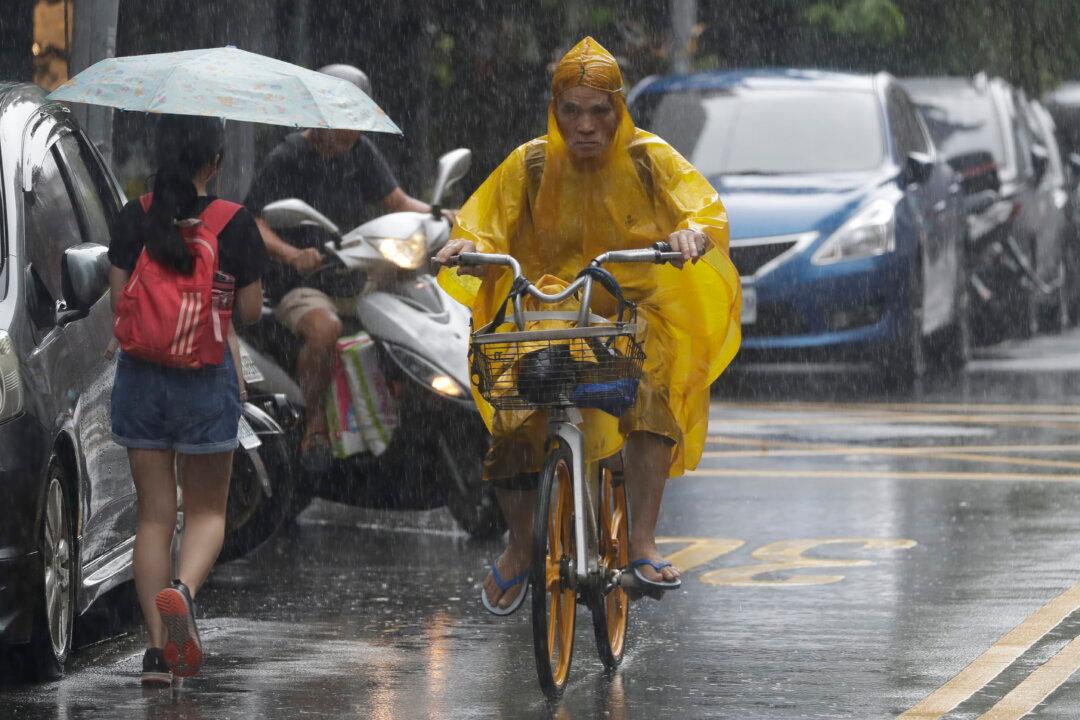Two major reservoirs in northern Taiwan, Shimen and Feitsui, have seen an increase in water levels as a result of heavy rain associated with Typhoon Hinnamnor, relieving water shortage in the areas.
Feitsui reservoir’s water level increased to 76.2 percent of its capacity, as of Sept. 1, accumulating 60 million tons of water sufficient for the remainder of the year, according to Taiwan’s Water Resources Agency (WRA).





